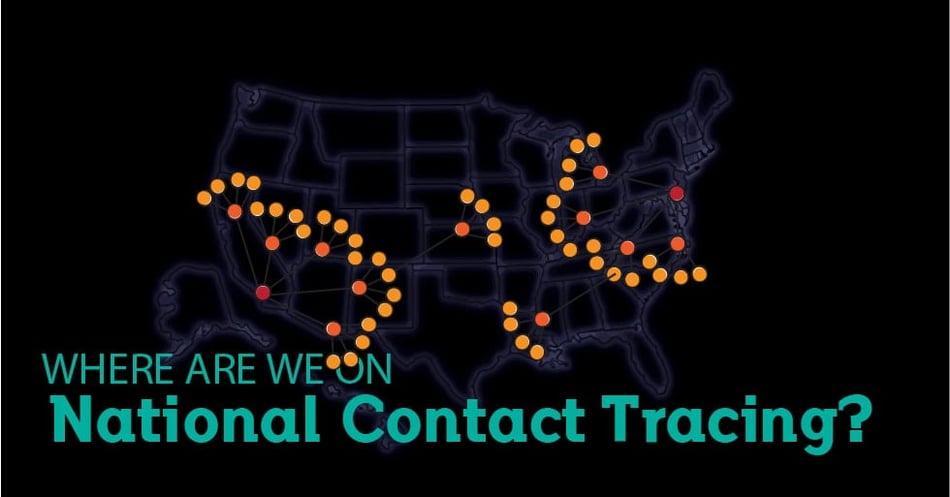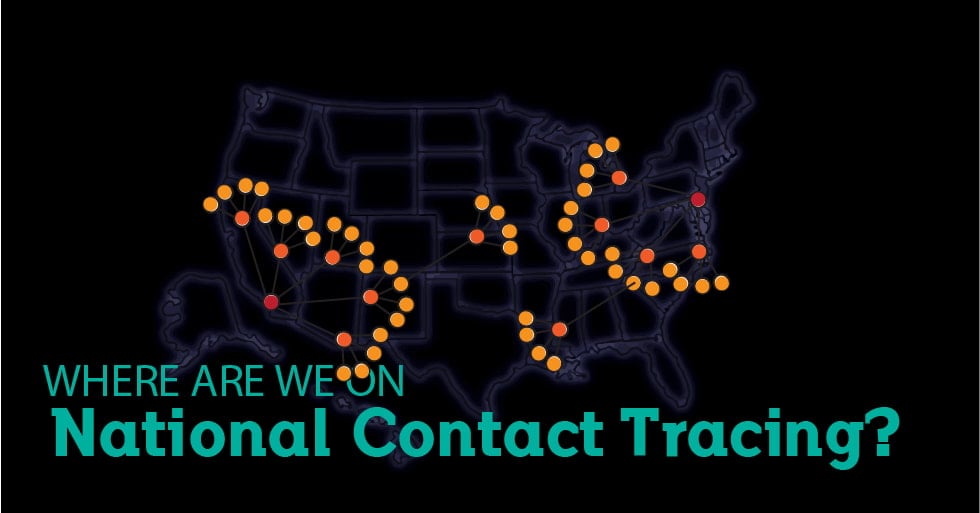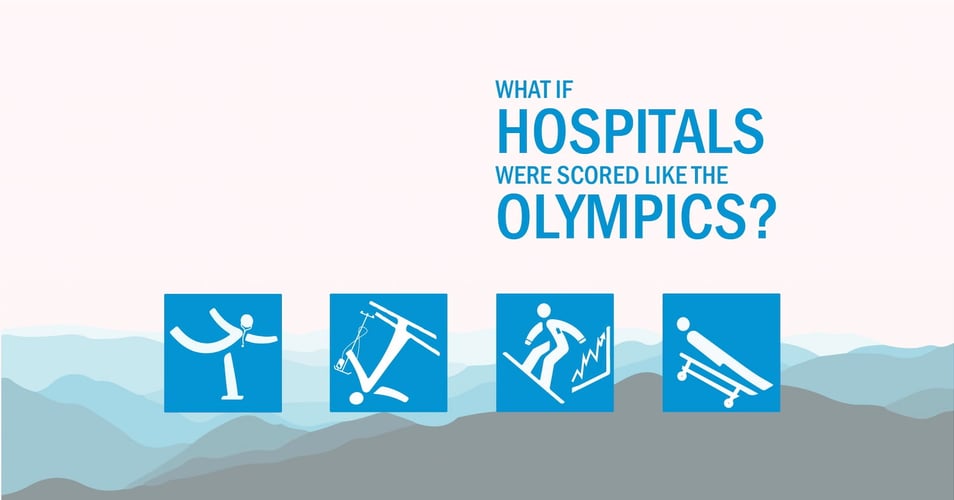Where Are We on National Contact Tracing?

 A major part of controlling an outbreak is contact tracing - tracing back all the contacts an infected person had while contagious and having those contacts self-isolate for two weeks. When an outbreak is enormous, however, contact tracing is almost impossible. In today's post, we'll look at what contact tracing looks like in the US, where it's working, where it's not working, and what role it may play in the ongoing pandemic.
A major part of controlling an outbreak is contact tracing - tracing back all the contacts an infected person had while contagious and having those contacts self-isolate for two weeks. When an outbreak is enormous, however, contact tracing is almost impossible. In today's post, we'll look at what contact tracing looks like in the US, where it's working, where it's not working, and what role it may play in the ongoing pandemic.
Contact tracing has a long history, with records of systematic efforts dating back to the plagues of the Middle Ages. The transmission of disease from person to person, while explained in ways that would seem farcical today, was one of the most obvious, visible pieces of evidence available to physicians in an era before microscopes and germ theory. Diseases that could be spread via the air or through physical contact - tuberculosis, syphilis, smallpox - were some of the earliest diseases that spurred the use of contact tracing.
What is contact tracing? It is the systematic process of identifying infected individuals, discovering who they have been in recent contact with, reaching out to those contacts, and convincing them to get tested and self-isolate for the duration of the incubation period. It's a continuous cycle, as each new case is traced, and any resulting positive cases are also traced. As you can imagine, in an outbreak with exponentially growing cases, contact tracing quickly becomes an enormous task.
Has the US been using contact tracing to control the spread of COVID-19? Yes, there are efforts to complete contact tracing, but with mixed results. In some areas, contact tracing has been effective because the population is relatively small, or has been participating in self-isolation. (If a community is under self-isolation, with restaurants and recreation areas closed and most people staying at home, then people who test positive have fewer people they have been in contact with - usually, just family members - and the contact tracing process is streamlined.) The problem arises in "open" or "reopened" areas - people, even those with symptoms - are out and about, coming into contact with dozens of people a day. Contact tracing in these scenarios is almost impossible. Some states have given up on contact tracing altogether, as they realize they cannot keep up with the expanding numbers of new cases.
![]()
What makes for successful contact tracing? The goal of contact tracing is to reach everyone who came into contact for more than 15 minutes and within 6 feet of a confirmed case. After identification, contact tracers reach out to them, try to convince them to get tested, and then self-quarantine for two weeks (the duration of the incubation period for COVID-19). Contact tracers receive training for this difficult task - although programs and expectations vary tremendously from region to region - which has been described as being "psychiatrists, detectives, and problem solvers," all at the same time. Successful contact tracing also offers individuals and families assistance during self-isolation, including setting up deliveries for medicines, baby items, food, and other resources.
Why is contact tracing so difficult? Aside from having enough trained contact tracers to reach out to all the possible contacts, the actual task is very difficult. Contact tracing works best when there is trust and cooperation on the part of the community, and both of those are strained at this time. With the newness of a global pandemic hitting so close to home, many Americans were not prepared for the requirements of social distancing, self-isolation, testing, and mask-wearing. As recommendations shifted and news reports conflicted, some of us may have been confused about who to listen to. Add to that an American preference for privacy and freedom from intrusion, and you get a population that is not necessarily comfortable sharing medical information with government officials, let alone allowing themselves to be tracked digitally with a cell phone app. In some areas with contact tracing, infected individuals themselves are not self-isolating, let alone those they've come in contact with. Cultural and language barriers may also inhibit contact tracing, with some individuals and families fearing legal difficulties if they are undocumented, for example, or homeless and living with children. Balancing public health, a community goal, with numerous individual goals can make contact tracing very difficult.
Contact tracing becomes more effective when communities are practicing social distancing. Another critical part of the equation is rapid turnaround testing, which can make contact tracing far, far easier (that's how sports teams and the White House are able to contain infections so well with contact tracing). Once we get our numbers down through social distancing, and the turnaround time for testing improves, then we will be able to begin effective contact tracing in earnest. Ideally, contact tracing will continue until every last case has been isolated and waited out - and then when a vaccine is discovered, the virus can be eradicated. This was how smallpox, another virus, was eradicated in 1980. When the global effort to eradicate smallpox was proposed, it was thought impossible. And yet with these three tried-and-true interventions - social distancing, testing, and contact tracing - we were able to do it successfully. We'll be able to do it again, if we all do our part.
![EOScu Logo - Dark - Outlined [07182023]-01](https://blog.eoscu.com/hubfs/Eoscu_June2024/Images/EOScu%20Logo%20-%20Dark%20-%20Outlined%20%5B07182023%5D-01.svg)




